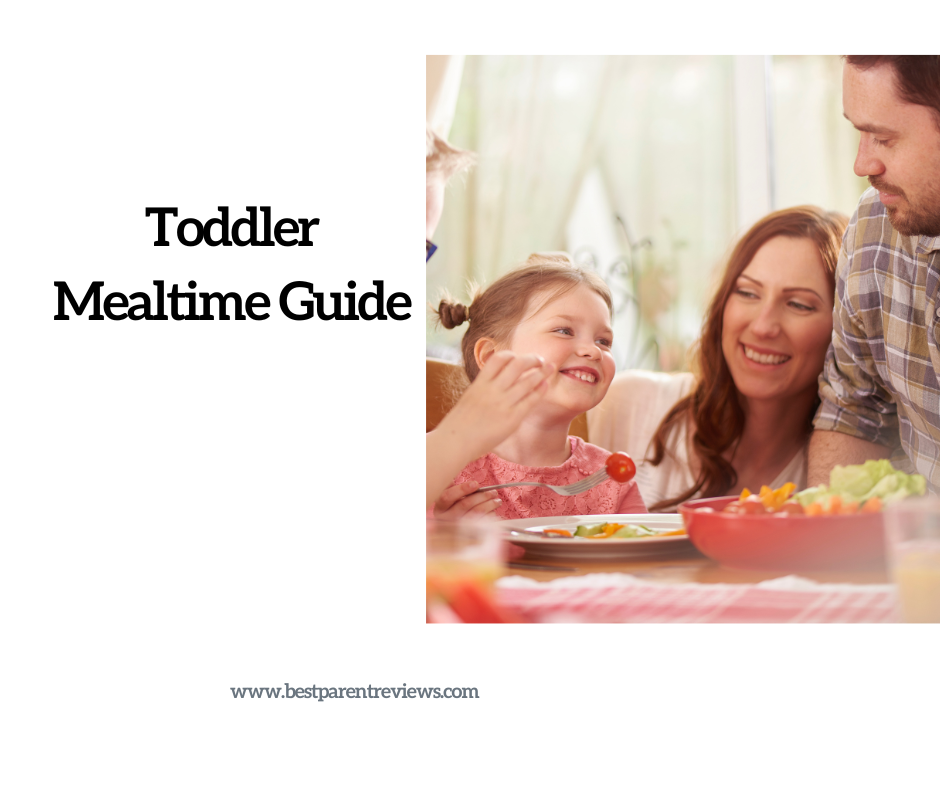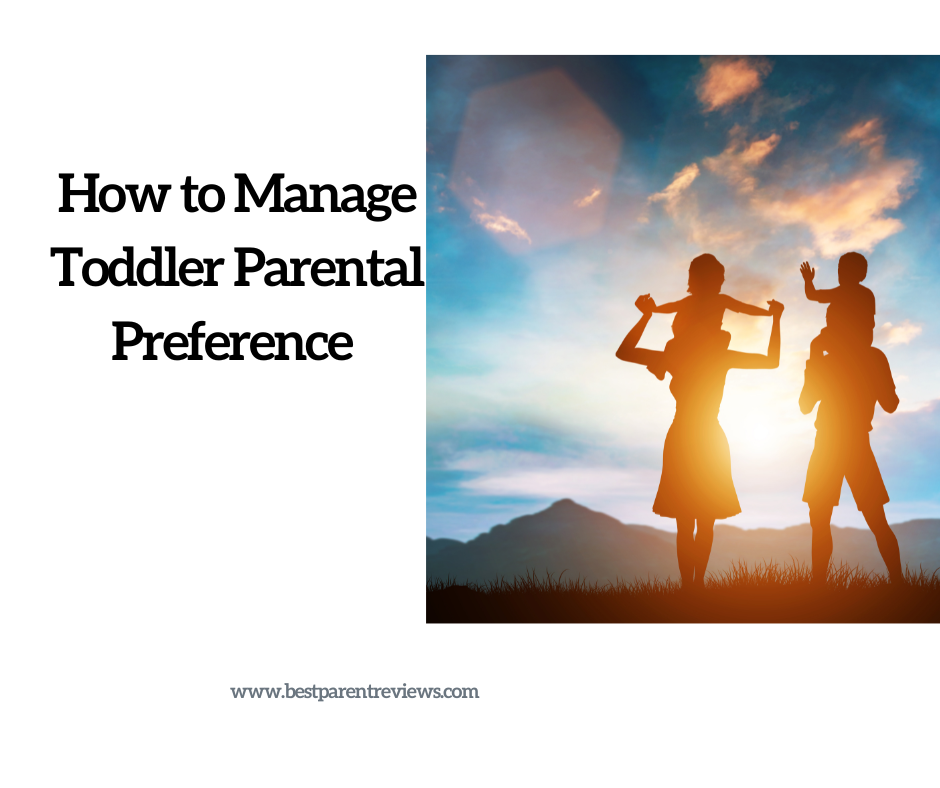Unlocking Minds: The Educational Power of Puzzles for Toddlers
In the vibrant tapestry of early childhood development, every playful moment is a potential learning opportunity. Among the myriad tools that foster cognitive growth, puzzles stand out as unsung heroes, weaving together fun and education in a way that captivates the curious minds of toddlers.
Today we want to cover the multifaceted benefits of puzzles as a dynamic learning tool for toddlers, uncovering the cognitive, motor, and social-emotional dimensions they bring to the developmental stage. Just like reading – we think encouraging puzzle play is extremely beneficial in toddler development.
Table of Contents
Types of Toddler Puzzles

Puzzles are a huge category of children’s toys and even typing “toddler puzzles” into Google yields 582 million results. For our purposes – we broadly bucket toddler puzzles into three categories:
- Peg Puzzles – These are puzzles where there are a bunch of shapes with pegs on them and the toddler needs to put the right shape in the right spot on the board
- Cube Puzzles – these are activity cubes where there are holes in the cube and different blocks that can only go through certain holes
- Wooden Board Puzzles – These are puzzles where there are a few pieces that fit together and cumulatively fit into a larger shape on a wooden board
- Jigsaw Puzzles – These are puzzles where the pieces fit snugly together based on a “jigsaw” cut
- Maze Puzzle – These are puzzles where toddlers need to navigate pieces through a maze
I have ordered them roughly in the order that your toddler may be exposed to them – but I believe they all will work under the same general development framework that we are about to dive into!
The Puzzle of Toddler Development: Pieces of the Cognitive Puzzle
1. Cognitive Skills Enhancement:
At the heart of the puzzle play lies a cognitive symphony. Toddlers, in their quest for understanding the world, engage in spatial reasoning, pattern recognition, and problem-solving as they fit together the pieces. Think of the 3 piece elephant puzzle from the perspective of a toddler. First – the toddler must understand that the pieces are meant to fit together and that there is an objective than the toddler must figure out how to hold and adjust the pieces, and then finally figure out how to put the pieces together. This mental workout lays the foundation for essential cognitive skills that form the bedrock of future academic achievements.

2. Language Development:
Puzzles are not just silent companions; they offer a language-rich environment. As toddlers discuss their discoveries, negotiate piece placements, and express excitement or frustration, they traverse the realms of vocabulary expansion and communication. The dialogue around puzzles becomes a rehearsal ground for effective verbal expression. Even the simple “Help Mama” is part of the learning process!
3. Fine Motor Skills Mastery:

The marriage of hands and mind during puzzle play is a ballet of fine motor skills development. From the pinching and grasping required to pick up puzzle pieces to the precision demanded for accurate placement, toddlers refine their motor dexterity. This journey toward motor mastery has far-reaching implications, extending beyond puzzle play into everyday tasks and activities.
4. Visual-Spatial Proficiency:
Puzzles serve as architects of visual-spatial skills. As toddlers manipulate and rotate puzzle pieces, they cultivate an understanding of spatial relationships. From a simplistic perspective – your toddler will learn how to pick up an object and be able to identify if the object will fit. There is a very overplayed car insurance commercial on television this winter about a woman who can always tell if something will fit just from visualizing. This is visual-spatial proficiency! This visual acuity becomes a compass for tasks such as reading, writing, and navigating the physical world around them.

Choosing the Right Puzzle: The Art of Curating an Educational Toolbox
1. Age-Appropriate Complexity:
The puzzle selection process requires a delicate balance. Opting for puzzles with age-appropriate complexity ensures engagement without overwhelming frustration. The gradual progression from simple knob or peg puzzles to more intricate jigsaw puzzles aligns with the natural evolution of toddlers’ cognitive abilities. It’s fine to have a puzzle that is too difficult and needs support – but remember that the goal isn’t for the parent or caretaker to complete the entire puzzle. The goal is for the toddler to.
2. Themes and Varieties:
Diversity in puzzle themes sparks interest and curiosity. Whether exploring animals, vehicles, or shapes, the varied landscape of puzzles introduces toddlers to a rich array of concepts. This thematic diversity not only entertains but also lays the groundwork for broader knowledge acquisition. On Amazon there are over 10,000 hits when you type in Toddler Puzzle – so there is no lack of variety!
As your child gets attracted to different things – find a puzzle. Our review of the Depths of the Sea puzzle was inspired by a trip to our local aquarium!
Beyond buying puzzles – a great thing about puzzles is that they are generally sturdy and don’t go bad. Try reaching out to friends and family members or join a local buy-nothing group and you are bound to find more than you can handle! And remember – puzzles are highly repeatable – so bring them out again and again. We keep a set of animal board puzzles in our diaper bag and use them all the time.

3. Tactile Exploration:
Texture matters in the puzzle world. Incorporating puzzles with varied textures—smooth wooden pieces, textured cardboard, or soft foam—enhances the tactile experience. Or similarly having a variety of types – from peg board puzzles to a puzzle cube, to a board puzzle will provide a varied experience while developing the same skills. This sensory exploration enriches the learning encounter, engaging multiple senses in the cognitive dance.
4. Multifunctional Puzzles:
The beauty of puzzles lies in their versatility. Opting for puzzles that serve multiple purposes, such as those combining numbers, letters, and shapes, amplifies the educational impact. These multifunctional puzzles become comprehensive learning tools, introducing toddlers to a holistic cognitive landscape.
As an example – we have this great magnet puzzle – which help serves to help with matching colors and counting at the same time!
Puzzles as Social Connectors: The Joy of Shared Discovery
1. Collaborative Play:
Puzzles invite toddlers into the realm of collaborative play. As they navigate the puzzle landscape with peers or caregivers, the experience transforms into a shared adventure. The collaborative spirit nurtures social skills—cooperation, turn-taking, and communication—that extend beyond the puzzle play into various social interactions.
2. Problem-Solving Partnerships:
The beauty of puzzles lies in the collective brainpower harnessed for problem-solving. When toddlers tackle a puzzle together, they engage in a miniature think tank, sharing ideas, strategizing, and celebrating joint victories. These problem-solving partnerships contribute to the development of critical thinking and interpersonal skills.
3. Emotional Resilience:

Puzzle play is not immune to challenges. The joy of fitting the final piece contrasts with the frustration of a piece that seems elusive. Through these emotional ebbs and flows, toddlers build emotional resilience. They learn to navigate setbacks, celebrate accomplishments, and persevere in the face of challenges—a valuable life lesson embedded in the puzzle-solving process.
Practical Tips for Maximizing Puzzle Play
1. Create a Dedicated Puzzle Space:
Designating a specific area for puzzle play fosters a sense of routine and focus. A well-lit, comfortable corner equipped with a soft mat becomes an enticing puzzle haven. This space doesnt need to be all puzzle all the time – but it can be good practice from a puzzle piece retention perspective to keep all the pieces in one place.
2. Rotate Puzzle Selections:
Keep the intrigue alive by rotating puzzle selections. Introduce new themes, shapes, or textures periodically to maintain the freshness of the puzzle experience.
3. Celebrate Progress:
Every puzzle completion is a triumph. Celebrate these milestones with enthusiasm, reinforcing a positive association with puzzle play. Verbal affirmations, claps, or a celebratory dance amplify the joy.
4. Encourage Independent Exploration:
While collaborative play has its merits, fostering independent exploration is equally crucial. Allowing toddlers to navigate puzzles on their own nurtures a sense of autonomy and self-confidence. If they need help – jump in- but let them try first!
The Toddler’s Journey: Puzzling Together a Future of Learning
As toddlers engage with puzzles, they embark on a journey of discovery—a journey where each piece represents a nugget of knowledge, a stroke of fine motor refinement, and a thread in the tapestry of social-emotional growth. Puzzle play transcends the realm of mere entertainment, emerging as a potent educational tool that leaves an indelible mark on the toddler’s developmental landscape.
In the puzzle pieces that toddlers connect, we witness the construction of a cognitive scaffold that supports future learning endeavors. From the joyous moments of fitting pieces together to the collaborative problem-solving ventures, puzzle play paints a portrait of holistic development—a fusion of cognitive, motor, and social-emotional milestones.
In the hands of a toddler, a puzzle piece is not just an object to be fitted; it’s a key to unlocking a world of cognitive wonders. As caregivers, educators, and advocates for early childhood development, let us champion the role of puzzles in shaping the narrative of the toddler’s educational odyssey. In these interlocking pieces, we discover not just a playful pastime but a transformative tool—one that unlocks minds and lays the foundation for a future rich in curiosity, resilience, and the joy of lifelong learning.


